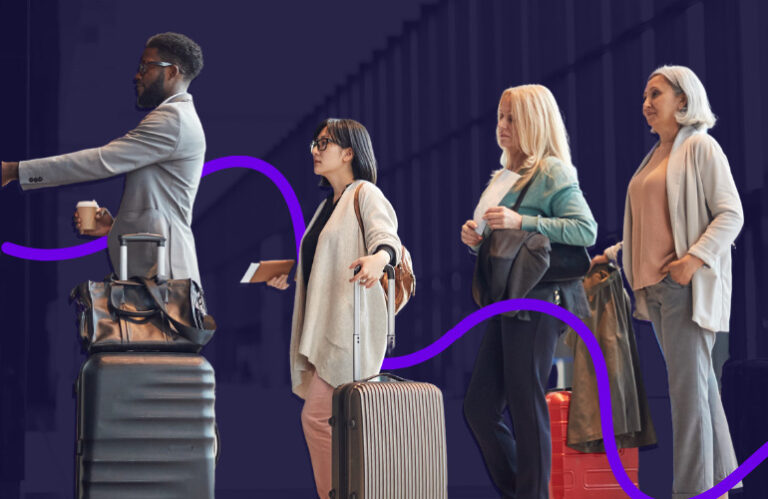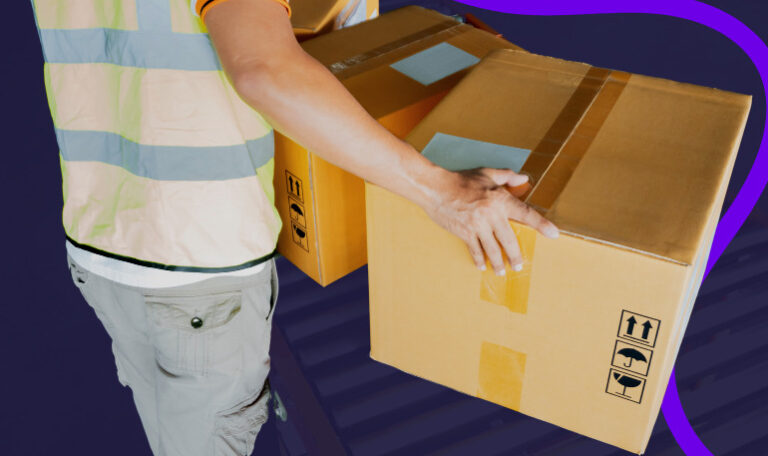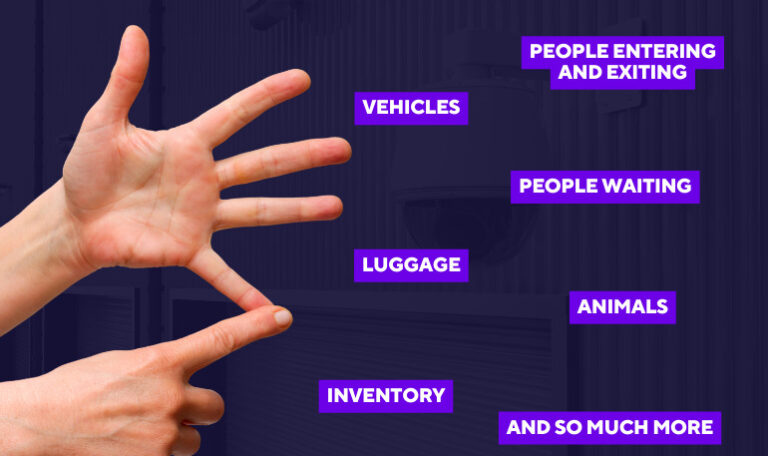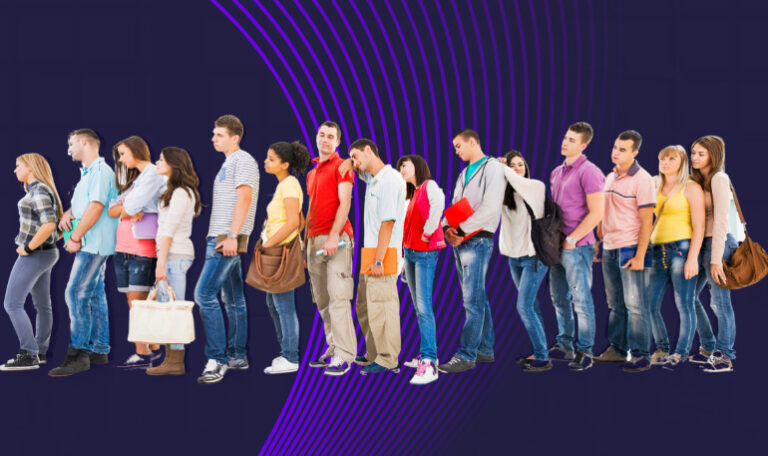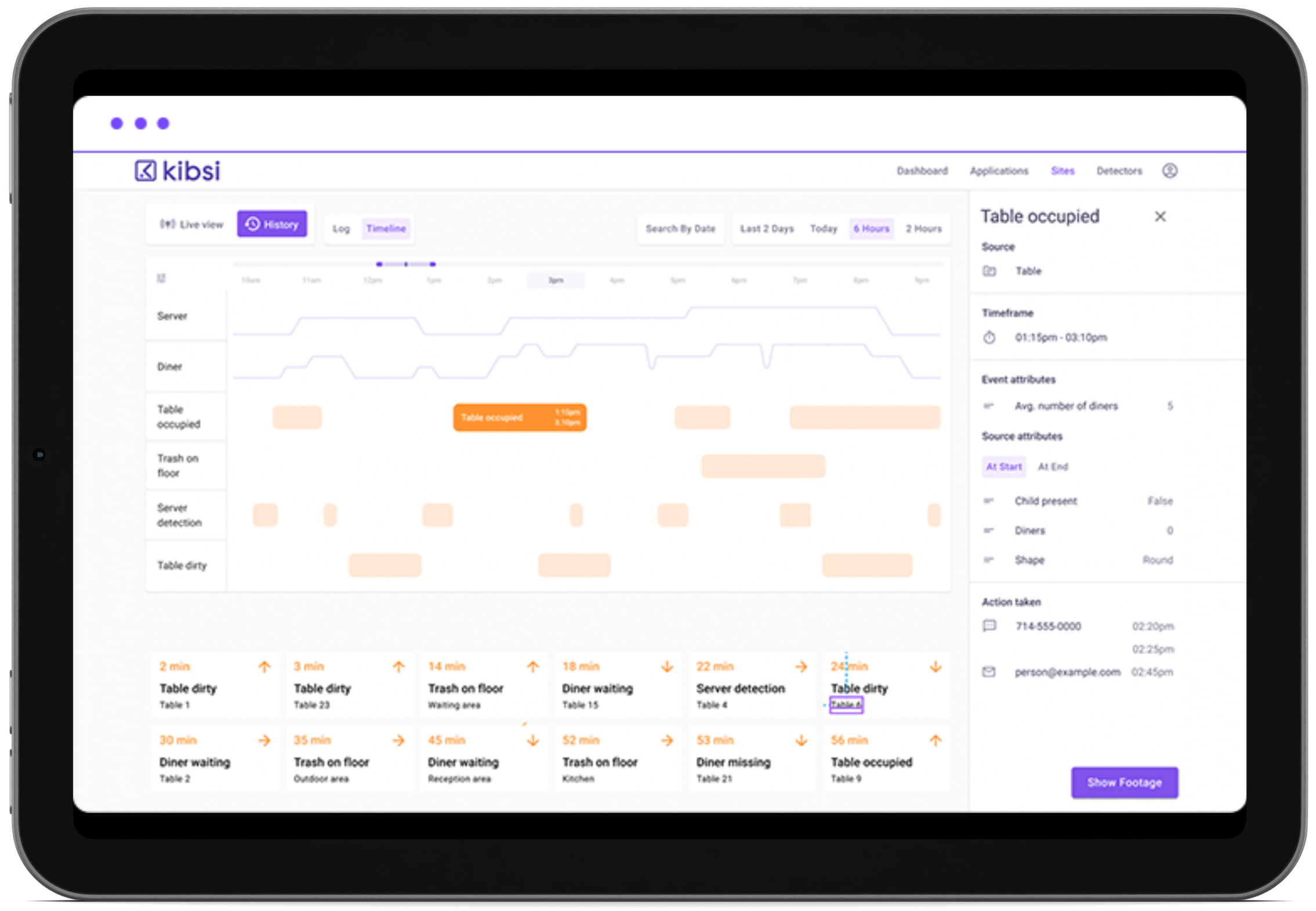It’s a bright and sunny day, and you’re heading to the airport for a much-needed vacation. You arrive at the airport with plenty of time to spare, but as soon as you enter the terminal, you’re faced with a sea of people. It’s chaos. You try to make your way through the crowds, but you’re blocked at every turn by travelers who are lost, confused or just taking their sweet time. It’s frustrating, and you can feel your blood pressure rising. You’re not alone in this experience. Millions of people worldwide use transportation facilities daily, and traffic flow management is critical to ensure everyone’s safety and comfort.
Traffic flow management is all about managing the movement of vehicles, pedestrians, and goods through a transportation facility such as an airport, train station, or bus depot. It’s a complex task that requires careful planning, execution, and monitoring. Efficient traffic flow management not only improves the passenger experience but also reduces the risk of accidents and congestion. Given the complex nature of the task, it’s no wonder that forward-thinking airports, stations, and other transportation hubs are looking to new tech to solve this age-old problem.
Computer vision is one of the most innovative technologies to emerge in recent years. It’s a field of artificial intelligence that allows machines to interpret and understand visual data from the world around them. Computer vision has numerous applications in different industries, including transportation.
In transportation facilities, computer vision analyzes video footage from security cameras to identify objects, people, and events. It enables transportation facility leaders to track the movement of people throughout the facility in real-time, identifying bottlenecks and crowded areas. Somebody can then use this information to optimize traffic flow and identify overcrowding, allowing leaders to deliver a better and safer passenger experience.
Kibsi is a no-code computer vision platform that uses existing security cameras to turn video into structured, actionable data. The Kibsi platform can help transportation facility leaders by analyzing video footage to identify the flow of people throughout the facility. By monitoring passenger flow, Kibsi can help facility leaders identify areas where bottlenecks occur and take corrective action to optimize traffic flow. For example, using your specific criteria, Kibsi flags that a particular area of the terminal is crowded so that facility leaders can deploy additional staff or open up more exits to alleviate the congestion.
There are numerous benefits of using computer vision and the Kibsi platform in traffic flow management. By optimizing traffic flow, transportation facilities can improve the passenger experience, reduce wait times, and minimize the risk of accidents and congestion. Additionally, computer vision can help transportation facility leaders identify potential security risks in real-time, enabling them to take corrective action quickly.
Market Research Future (MRFR) reports in “AI in Computer Vision Market Analysis by Component, Vertical, and Region–Global Forecast to 2030” the computer vision industry valuation is poised to reach USD 168.8 Billion by 2030. The transportation industry is expected to be one of the primary drivers of this growth. As transport facility leaders look for ways to improve traffic flow management and enhance the passenger experience, computer vision and platforms like Kibsi will become increasingly important.
In short, traffic flow management is critical in the transportation industry to ensure everyone’s safety and comfort. Kibsi’s no-code computer vision platform is an excellent example of how computer vision can be used to optimize traffic flow and enhance the passenger experience. And, with computer vision improving our journey, we can all relax a bit more on that well-earned vacation.


